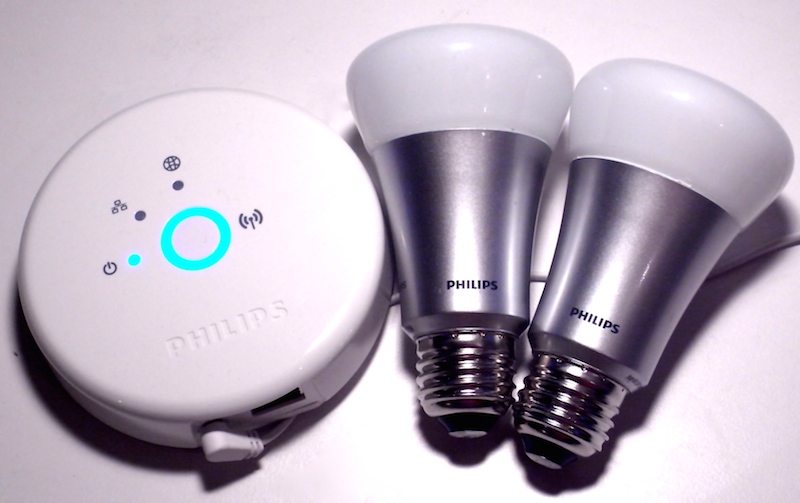NVidia RTX 2060 graphics card: advantages and disadvantages

The latest GeForce RTX 2080 and RTX 2080 Ti, and the most powerful of all Founders Editions, will soon fall into the hands of the most agile gamers. But, as it became known, most gamers are waiting for the release of the NVidia RTX 2060 video card, the advantages and disadvantages of which are discussed in this article.
Overview
NVidia recently showed off the much-coveted RTX 2060 graphics adapter that makes real-time ray tracing available to most users. Alas, the domestic branch of the NVidia corporation has just begun to leave the holiday holidays, and therefore there is no exact information or reviews of the model. However, thanks to foreign media, today it is already possible to learn a little about the functionality of the novelty.
Complete set, dimensions and design
Like the rest of the 20th line adapters manufactured by NVidia, the new model is sold in a gray box with a corporate logo located on the left in the lower corner.
Key information:
- Length - 22.5 cm;
- Noise ~ 37 dB;
- Weight - 1 kg.
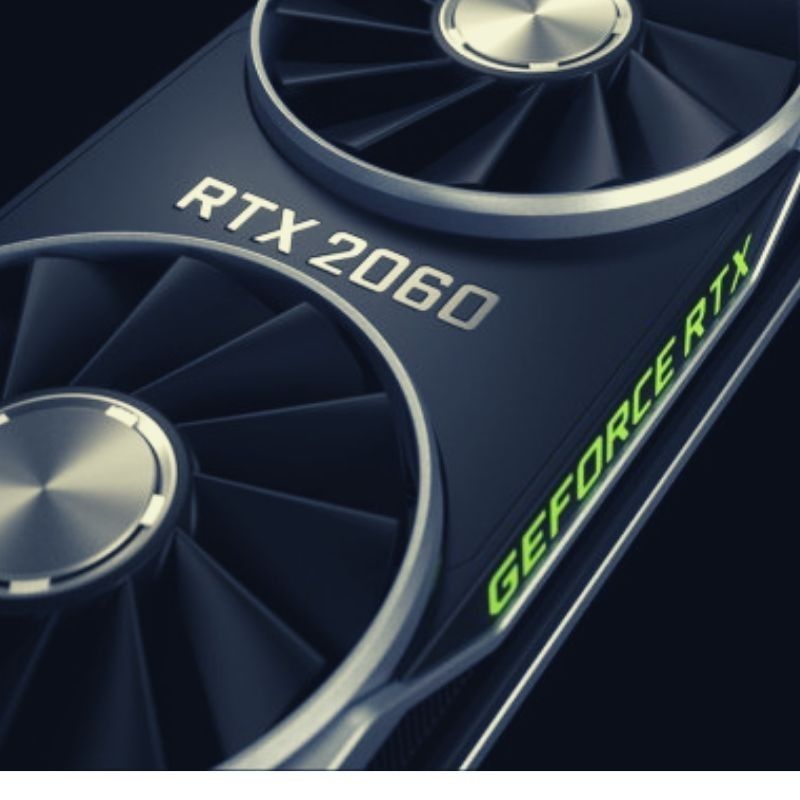
The package includes:
- Packaging;
- Graphics adapter;
- 2 brochures: one with brief information, the other is a user's guide.
If you compare 2060 and 2080, you will notice a significant difference. The 2080 is more practical when compared with the majority of vendors that users have joined.
In fact, the 2060 is a very unusual adapter. With the same dimensions as the 2070, its length is 228.6 mm and its width is 112.6 mm. At the same time, the device feels heavy in the hands due to the metal shell - the weight of the video card is almost 1,000 g.
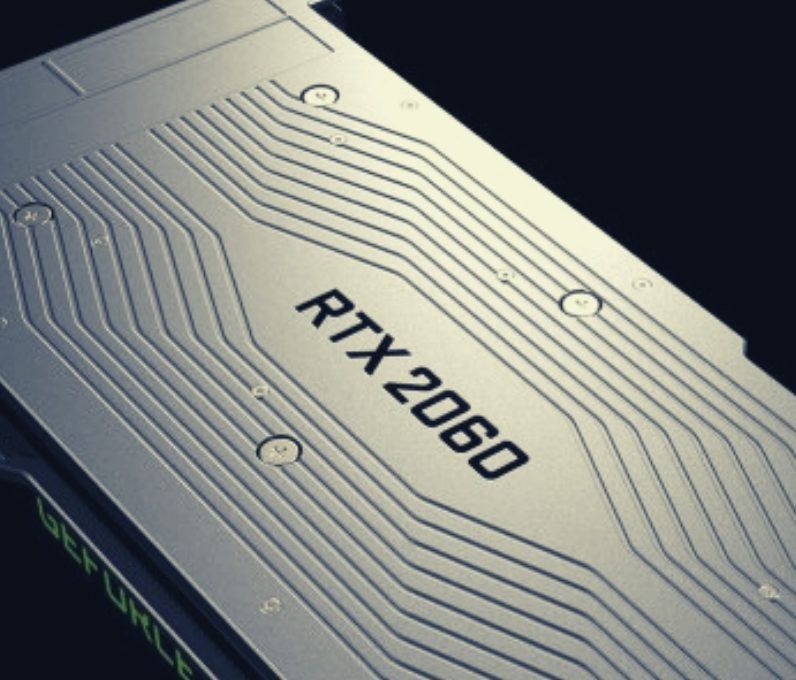
There is a backplate on the back of the card. The silver back plate is made in a similar style as the rest of the 20 line adapters, with the name of the graphics accelerator itself - "RTX 2060", which is located right in the center, framed by lines cut into the metal.
Alas, there are no slots in the new product on the backplate, which would contribute to better cooling of the adapter.
Good to know! The backplate does not play the role of cooling, on the contrary, if it is not positioned correctly, the card will get very hot. It acts as a kind of protection for the rear side of the PCB and stiffens the device.
If you disconnect the backplate, the user will see the back of the PCB. Thermal pads from the backplate are glued to it.
It is worth highlighting that on the front of the adapter, the GeForce RTX logo is right in the center - it glows green when the system is activated.
Coolers
The novelty is equipped with two medium-sized fans that cover most of the adapter. Applies the same fan and look as the RTX 2070 Founders Edition (a slightly stripped-down modification of the 2080 and 2080 Ti adapters).
If you compare the fans with the previous series, the 2060 versus the 1060 is a solid leap from the side of the cooling system.
The internal cooling system includes a medium-sized radiator grill. It should be noted that it never really stood out, and even the Strix from ASUS had a grill that was always much thicker.
If you remove the grille, the user will see that another heatsink is connected to the PCB.
If you remove it, then a clean printed circuit board will appear in front of the user. On the PCB side, it is similar to the 2070 video card, but with 2 GDDR6 memory processors. This means that it uses the same 6 + 2 power phases for the graphics chip and RAM, while the power slot is adjacent to the end of the card. In addition, there is no NV Link port - SLI is now limited to only 2080 and 2080 Ti boards.
Connectors
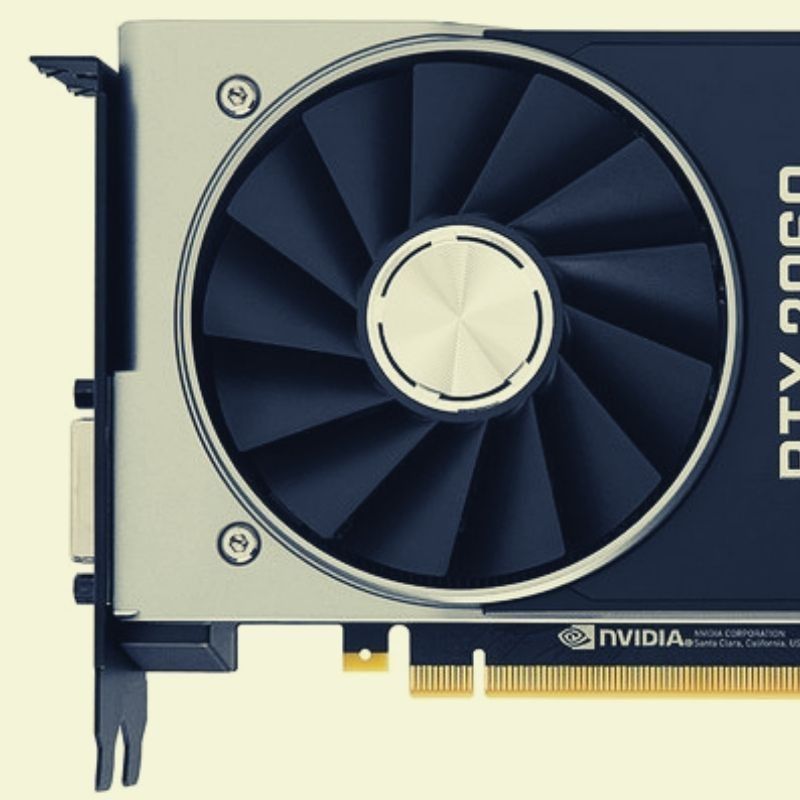
Input / Output is similar to the 2070 model, in other words, there are:
- 2 DisplayPort 1.4a;
- 1 HDMI;
- 1 DVI-D;
- 1 USB Type "C" Virtual Link slot
Interestingly, NVidia has returned the DVI slot to the 2060, most likely due to the fact that it is classified as a low-cost 20 line solution.
Memory and energy consumption
The graphics adapter is equipped with 6 GB of GDDR6 memory. Often, both Samsung and Micron are installed.
On the consumption side, the board consumes energy within 110-170 watts, it all depends on overclocking, in which 75 watts is realized through the riser, and the remainder (35 or 95 watts) through 1x8 pin PCI-E connectors from the power supply unit.
Tests
There was a lot of talk about the card, but not so long ago the first test results finally appeared on the Internet. It should be noted that these are the results of the Final Fantasy XV benchmark. This means that, more likely, they are factual and indeed show the capabilities of the novelty. In addition, it was in this test that the older Turing models and the new Radeon RX 590 appeared for the first time.
The test results are presented in the picture below:
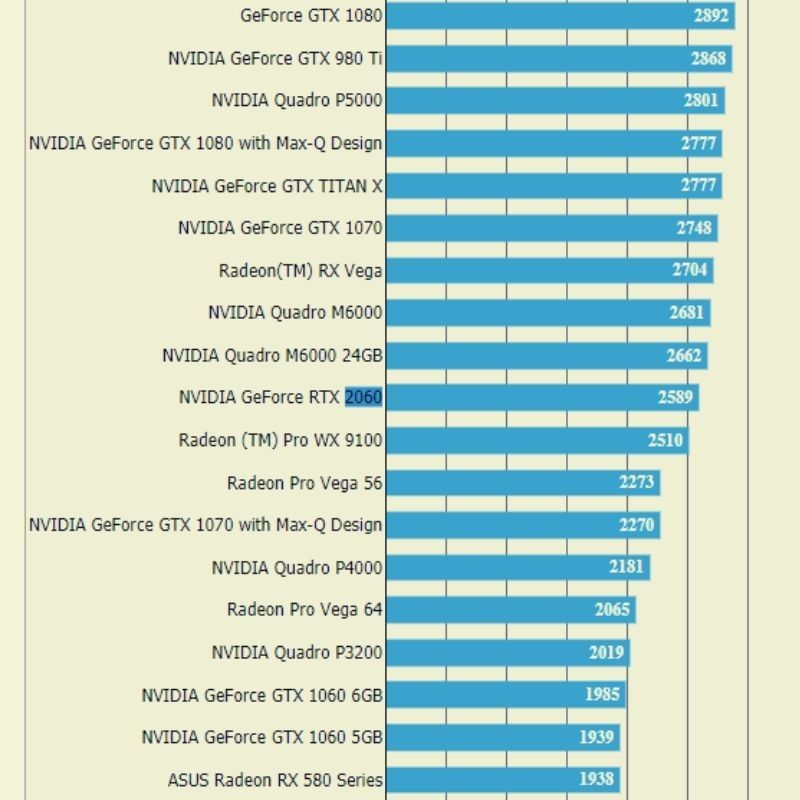
At the moment they are only for High Quality mode in 4K format. From the diagram it is clear that the new model performs approximately at the level of the GTX 1070 card, slightly losing to it, but outperforms the old adapter by 30 percent. And that compares nicely with the capabilities of the already released Turing boards. From the side of rivalry with adapters from AMD, the new model performs at the level of Radeon RX Vega boards.
Of course, the results of the tests in Battlefield V using ray tracing are much more interesting. Amazingly, the RTX 2060 from NVidia Corp. performs very well when using ray tracing. Even at full load, in other words, with the maximum number of beams, the novelty was able to guarantee a proper FPS. Of course, we are talking about the format 1920x1080 px.
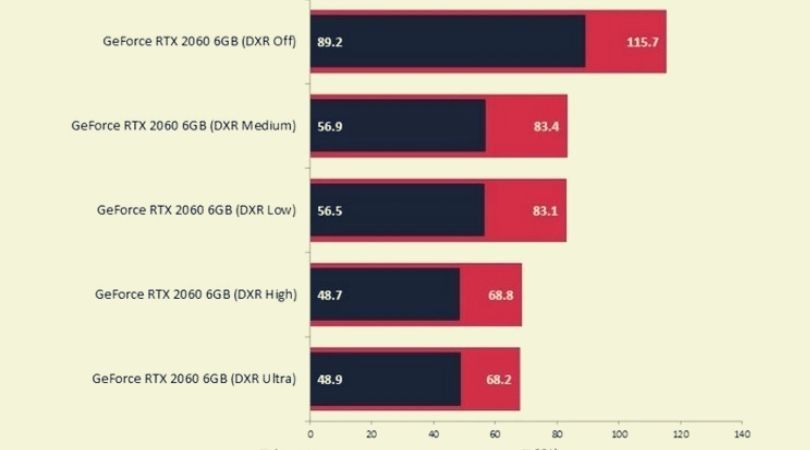
In other games that use conventional image processing methods, the values of the novelty are located at a very predictable level. In terms of development, the new model boldly outperforms the GeForce 1070 Ti, while in others it shows itself much worse. But in most games, the novelty demonstrates superiority over the GTX 1070 Ti. Faster memory, despite the fact that a slightly lower capacity, provides its own advantages.
From the side of computing performance, the video card demonstrates itself indefinitely. In a number of tests, there is a superiority over the GeForce 1070 Ti and even over the GTX 1080, while in the rest the new model is inferior even to the GTX 1070 card. In general, the new adapter is not very inferior to the one that is on a level above the RTX 2070.
Specifications
| Parameter | Value |
|---|---|
| Architecture and core | Turing TU106 |
| Technological process | 10 800 nm |
| Number of stream processors | 1920 |
| Number of RT cores | 30 |
| Number of texture units | 120 |
| Memory bus | 192 bit |
| Memory type | GDDR6 |
| Memory frequency | 14,000 MHz |
| Memory capacity | 6 GB |
| Power | 160 watts |
How much is?
The novelty will be implemented in various modifications from the corporation's partners. According to sources, the average price of a video card is $ 350.
In Russia, the new model will be sold at an average cost of 32,000 rubles. The card makers matched the adapter to the GTX 1070 Ti for performance. The card is equipped with 6 GB of RAM of the GDDR6 standard, the bandwidth of which is approximately 336 GB / s, in other words, slightly higher when compared with the leading edge of the previous generation GTX 1080. The release date is scheduled for 01/15/2019.
RTX 2060 VS GTX 1060
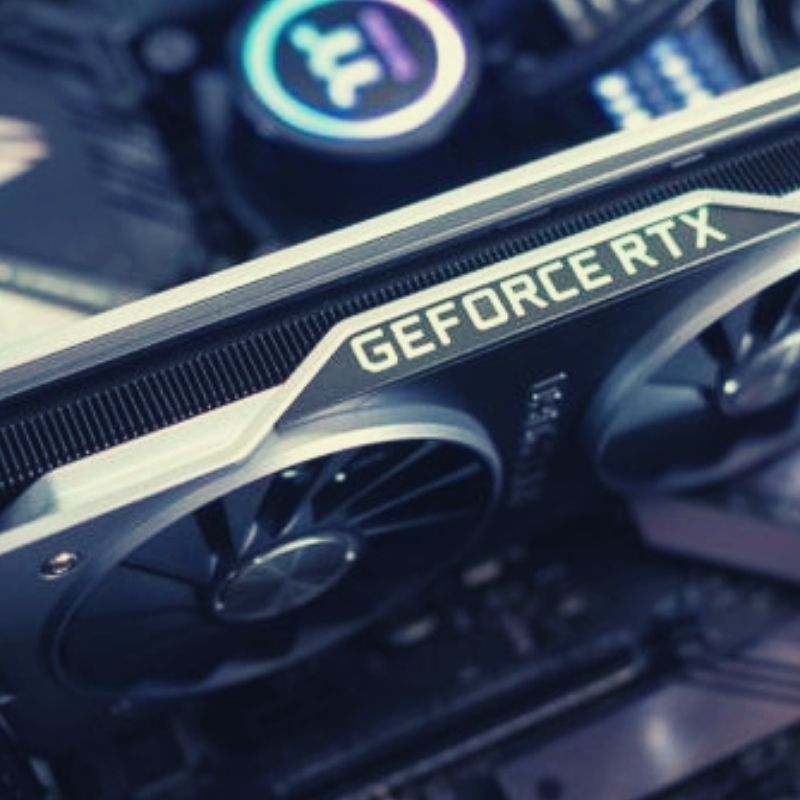
The name of the new model looks like a direct successor to the GTX 1060. But the comparison is not very correct, because the new product is equipped with 1.920 stream processors, while the GTX 1060 only got 1.280. The temperature package has also increased from 120 to 160 W.
Compared to the GTX 1060, the new product guarantees 48% better computing performance and 75 more RAM bandwidth, despite the fact that the volume remains the same at 6 GB. In general, for the entire Turing generation, users did not wait for an increase in RAM.
Advantages and disadvantages
- Cooling system;
- Build reliability.
- Not detected.
In conclusion, it should be noted that, in general, the culprit of the review shows a very predictable level of performance and even pleasantly shocking in ray tracing. But the price of the card is a little upsetting. At approximately the same cost, it is realistic to buy a brand new GTX 1070 Ti, and if you take advantage of the offers of the secondary market, then in general you will find a GTX 1080 or even a 1080 Ti.
new entries
Categories
Useful
Popular articles
-

Top rating of the best and inexpensive scooters up to 50 cubic meters in 2024
Views: 97661 -

Rating of the best materials for noise insulation for an apartment in 2024
Views: 95020 -

Rating of cheap analogues of expensive drugs for flu and colds for 2024
Views: 91750 -

The best men's running shoes in 2024
Views: 87680 -

Top ranking of the best smartwatches 2024 - price-quality
Views: 85091 -

Best Complex Vitamins in 2024
Views: 84800 -

The best dye for gray hair - 2024 top ranking
Views: 82406 -

Rating of the best wood paints for interior use in 2024
Views: 77201 -

Ranking of the best action cameras from China in 2024
Views: 75268 -

Rating of the best spinning reels in 2024
Views: 74827 -

The most effective calcium supplements for adults and children in 2024
Views: 72462 -

Top rating of the best means for male potency in 2024 with a description
Views: 68295

